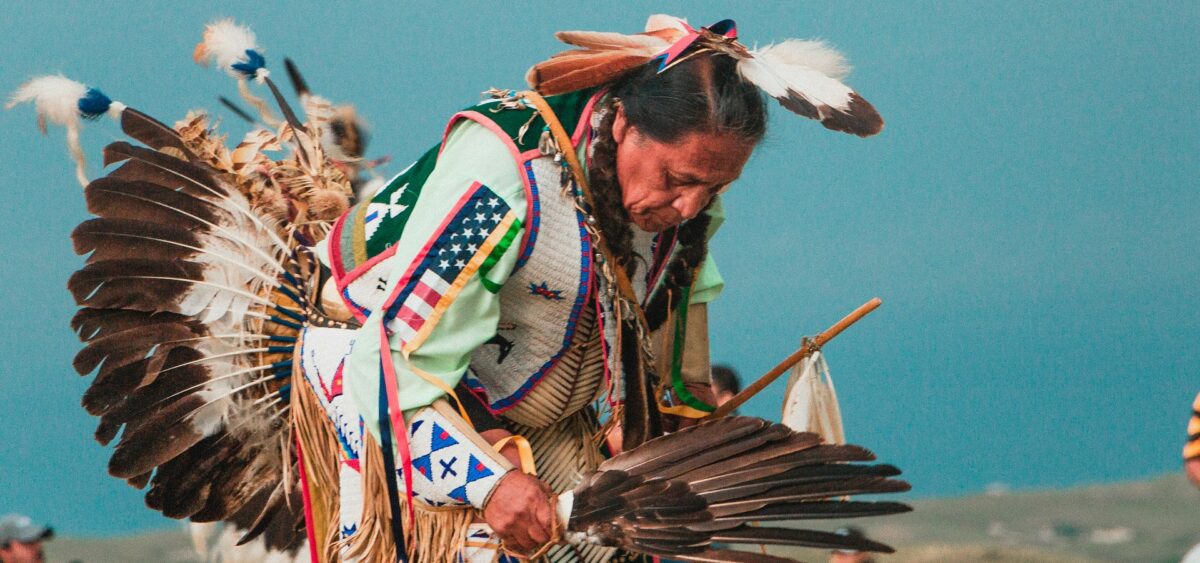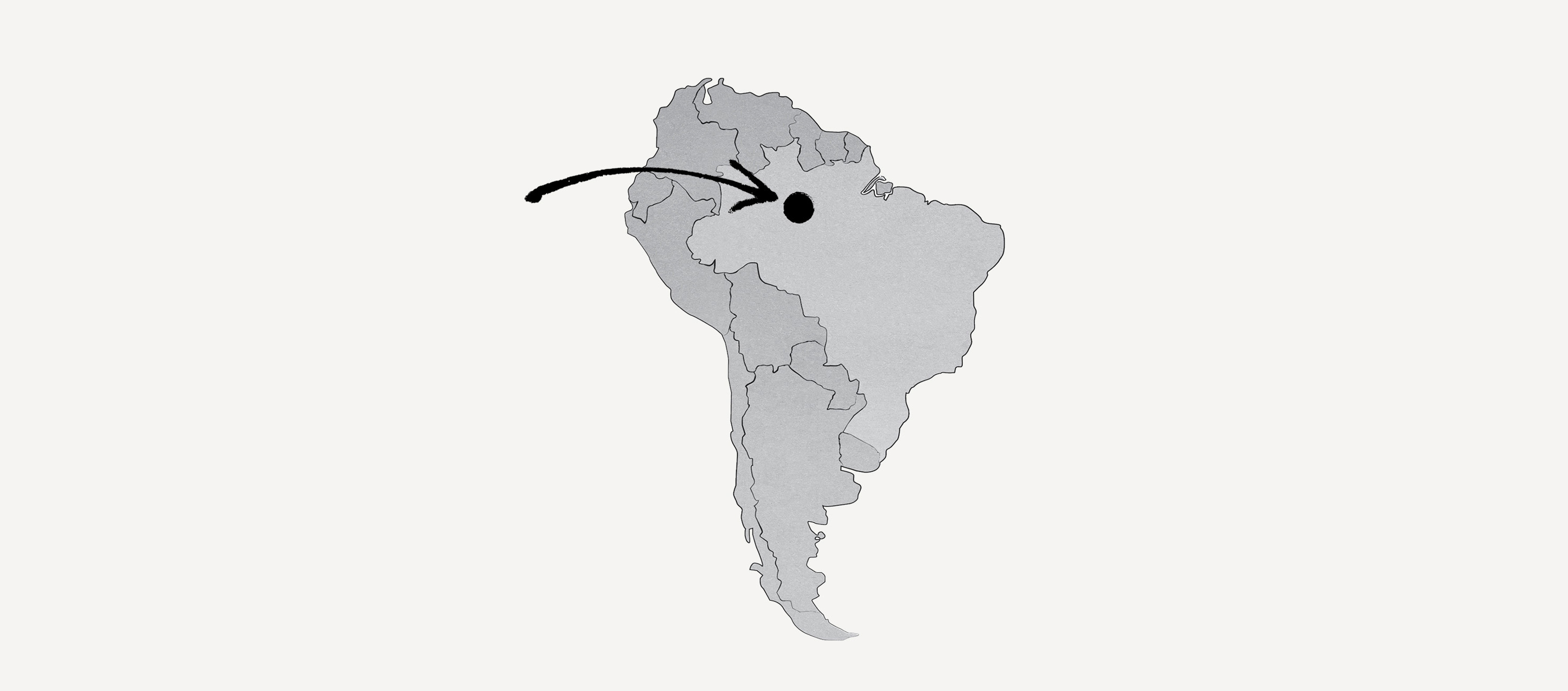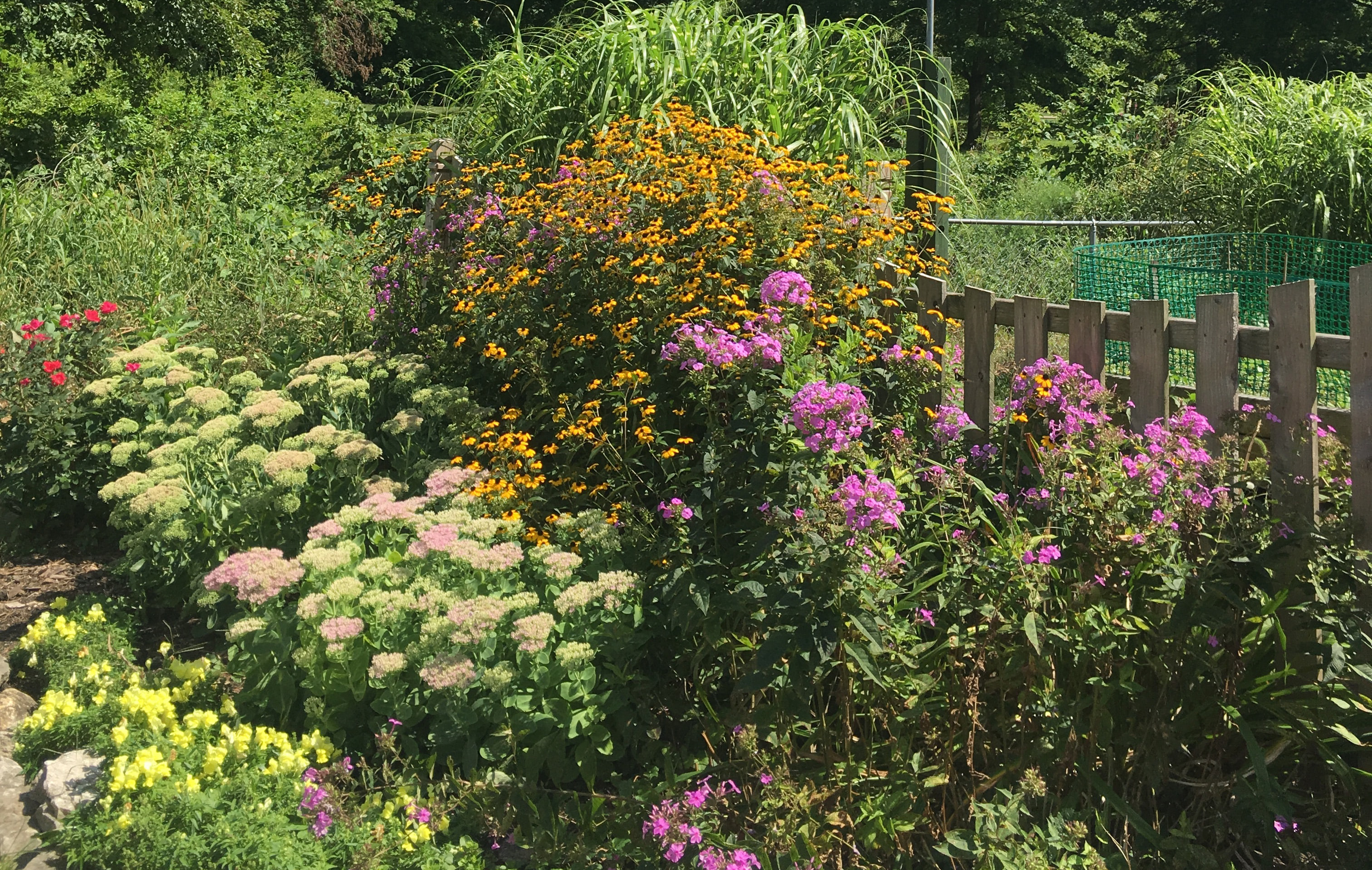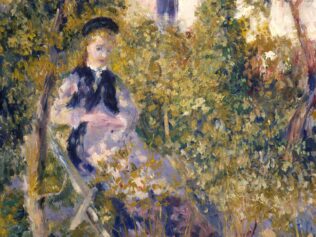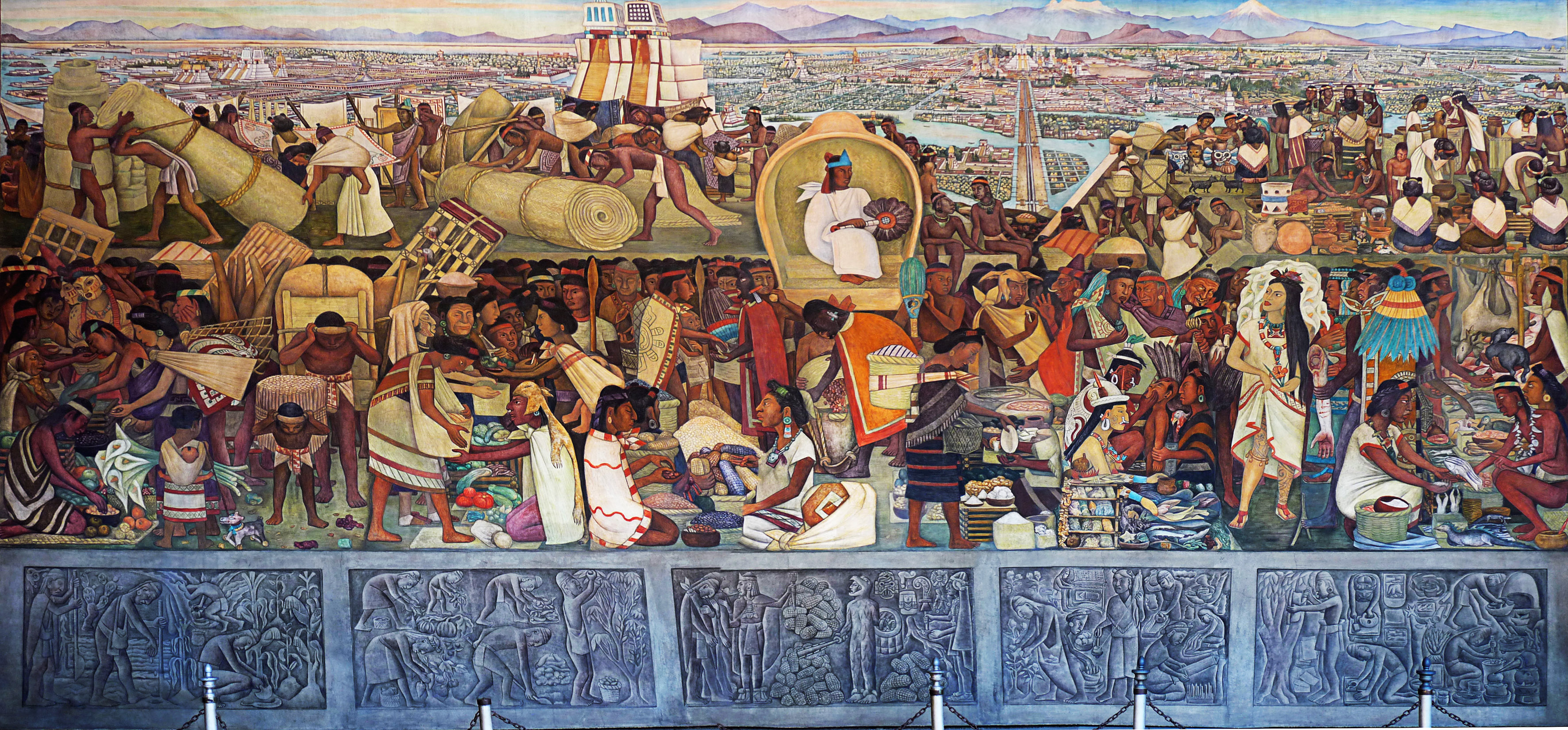
The COVID-19 pandemic has taken an exceptional toll on Native Americans, leading to twice as many deaths as in the rest of the society. Along with the passing away of the tribes’ elderly, we are witnessing the disappearance of the last link between knowledge, tradition and language. Aid proves harder than usual, owing to a lack of trust between people and a government that has a long track record of using modern medicine as a means of wielding power and effecting violence.
The Indigenous peoples of North America are currently developing unique ways of adapting to the modern world of technology without breaking away from what sustains and nourishes all people: the dynamic, evolving planet. This process is extraordinary, since it occurs after centuries of bloody conquests, thievery of land and resources, manipulation, lies and violation of treatises – not to mention brutal acculturation attempts, which continued almost until the end of the 20th century (including compulsory boarding schools for Native children in both Canadian and the US). Still, Indigenous cultures not only managed to survive, but have also enjoyed a dynamic revival. Tribal languages have been made part of school curriculums, while activists have battled to grant these societies the right to self-determination in political and cultural terms. Finally, efforts have been made to reinstate native legal systems, which take a different approach to Earth and its non-human inhabitants than those characteristic for Western thought.
Various forms of creativity now flourish, including literature, which draws inspiration not only from traditional oral culture, but also from Anglo-American modernism – as in the case of N. Scott Momaday, whose 1968 novel House Made of Dawn won the Pulitzer Prize, initiating the so-called Native American Renaissance. Contemporary poetry written by Indigenous peoples combines age-old traditions with the achievements of Western avant-garde movements, charting new directions for the development of art and ecological thought. It needs to be underscored that in this context, some of the most compelling practices combining care for human society and non-human nature have recently emerged from the peripheries of Western culture. The knowledge and wisdom encapsulated in Native languages and cultural practices prove invaluable but are endangered, just like all life on Earth.
Coronavirus – another plague
The pandemic has been a huge blow to Native societies in the US, Mexico and South America, where the situation of the Amazonian tribes appears particularly dramatic. On 17th February 2021, we saw the passing of the last of the Júma people. It is estimated that in the 18th century this tribe had 12-15,000 members; in 1943, there were already a mere 100, while the massacre committed in 1964 by greedy traders from Tapauá left only 12. It proves heart-rending to read accounts of what happened back then, and I shall not revisit them here. The death of Amoim Aruká Júma, a warrior and guardian of tribal memory, concludes the history of the extermination of the Júma by white conquistadors.
US statistics show that Native Americans are twice as likely to die from COVID-19 than white people. This particularly affects the elderly, who have naturally preserved the strongest ties with tribal traditions. These individuals are a living and irreplaceable link between modernity and the tribal past, along with its ways of understanding the more-than-human world and our place within it – ways that have been almost entirely supplanted by global capitalism, although the scope of memory they store is unmatched. Jason Salsman, a spokesperson for the Muscogee (Creek) nation, compares the pandemic toll with the damage caused during fire to a library containing priceless treasures: “We’re losing a historical record, encyclopaedias.” Nothing can make up for this, just like there is no way to reverse the rapid loss of biodiversity. The two processes are in fact correlated. It has been demonstrated that the disappearance of Native languages further exacerbates the sixth mass extinction, and vice versa – wherever traditional languages and lifestyles are preserved, non-human nature fares better too.
Although the pandemic statistics are tragic, they are not surprising if we take into account the deep structural inequalities in economy and healthcare between Native Americans and other US citizens. Forced into shrinking reservations for a long time, the Indigenous peoples often live in appalling conditions, without access to running water or healthy food, which has contributed to a disproportionate number of people suffering from diabetes. Excessive deaths due to COVID-19 thus appears to be yet another episode in the long history of colonial violence, which has taken various forms over the centuries. In the early days, inhabitants of Turtle Island (as the American continent is called in some Native legends) were decimated by smallpox brought by the Europeans. Although initially infections (and the resulting pandemic) were accidental, attempts were later made to deploy this virus as a biological weapon. Today’s deaths are obviously not intentional, but they cannot be addressed in isolation from colonial history and the degradation of the Indigenous peoples to the rank of the lowest social class in the US and other countries in the Americas. Discrimination persists, and this is unlikely to change as long as the global economy maintains focus on the extraction of natural resources and human life as a ‘workforce’.
Colonial logic divides the world into a ‘cultured’ and ‘civilized’ part (which claims the right to own the planet), and a ‘natural’ part regarded as a ‘resource’ (which includes human and non-human bodies). This becomes very clear when one is counted as a part of ‘nature’, which entails loss of land – one’s physical and spiritual home – simply because someone else claims the right to its riches, including its beauty. Some national parks were established in the US at the expense of Native people, who were displaced in order to make room for touristically attractive wilderness. This long and ruthless history of loss is the reason why the ‘periphery’ understands more today than the overfed and jaded ‘core’.
The power of community
The American press has recently reported numerous deaths among the Lakota and the Cree. The Navajo have lost many traditional healers because people have been seeking their advice during the pandemic, especially in its early stages, asking for prayer and spiritual support. Shrouding oneself and ceremonial objects with foil, which some healers tried doing, proved insufficient to stave off the virus. The 66-year-old Rita Hunte, who passed away on 29th November 2020, was one of just 290 people fluent in the Dakota language. December saw the departure of former Standing Rock leader Jesse Taken Alive, who died at 65. At first he self-isolated, running online lessons in his native tongue, but this proved increasingly challenging. In the last few months, the North Cheyenne from Montana lost 1% of their 5000-strong population.
One group stands out amid this depressing background: the Cherokee. They have coped exceptionally well with the pandemic, their secret being that they long stopped counting on the support of the federal government. Instead, they have relied on the community. By self-organizing, they have developed their own network of medical centres. This success was originally orchestrated by Wilma Mankiller, their first female leader (who passed away in 2010). When the pandemic broke out, the Cherokee had their own supply of face masks and were the first to make wearing them mandatory. They made decisions regarding restrictions by consulting with doctors from Africa, who had firsthand experience of the Ebola outbreak. Thanks to efficient coordination, the Cherokee were able to help the white inhabitants of Oklahoma. This story is not only exceptional but also instructive because it speaks to the value of local solidarity and cooperation between communities.
Deserved distrust
Tribes are now coordinating with the government in order to ensure that the elderly, especially those speaking Native lamguages, are vaccinated first. However, older people living in remote places often find it hard to reach clinics. The problem is deepened by the fact that many of these people distrust government programmes and Western medicine in general. This is hardly surprising, since medicine carries associations with oppression. In the past, the bodies of Indigenous Americans – as well as their blood samples and DNA – were used in experiments allegedly conducted ‘for the benefit of all humankind’. This issue is discussed by Joanna Ziarkowska, who emphasizes the connection between Western medicine and biopolitics. As the Polish scholar shows, Westerners have consistently excluded non-Western epistemologies and systems of values defining concepts of health or illness. For example, as older people may recall, when tuberculosis raged among the Native Americans, it was falsely claimed in the US that the high mortality was genetically conditioned. Experimental thoracoplastic surgery, which consists in reducing chest volume by removing several ribs, was often performed on non-white bodies using only local anaesthesia. It was a deeply traumatic experience, since these treatments were actually meant to advance medicine rather than serve the wellness of patients. In a nutshell, experiments were carried out on Indigenous citizens, whose bodies were once again considered a colonial ‘resource’ that could be used by white people – in this case, scientists.
In 2009, the US issued an apology to Native Americans. But did anyone really register this fact? Few people have heard about it, even in the US. Signed by President Barack Obama, the document was never announced. Almost nobody – neither the apologizing party nor the addresses – has learned about its existence. In the widely-discussed book Whereas (2017), the poet Layli Long Soldier (of the Oglala Lakota people) critically examines this peculiar apology. The titular ‘whereas’ recurs as many as 20 times in the text. Written in a bureaucratic language and underpinned with symmetrism, the document concludes with the reservation that it cannot constitute the basis for any claims. Accordingly, the poet supplemented it with a work that shows the perspective of the apology’s theoretical addressees, and contains her own personal reflections. Her close scrutiny of language results in strong, uncompromising poetry, which reveals systemic violence against the Native peoples.
Probably no-one doubts anymore that we urgently need to change our language, transform our imagination, awaken our senses, and depart from an instrumental approach towards people and non-human nature by opening up to a truth that proves difficult to swallow for Westerners, namely that all processes, phenomena and beings on this planet are deeply intertwined, and that we, humans, are no exception to this. Further extinction of our collective imagination will only exacerbate the planetary crisis that threatens us all.


